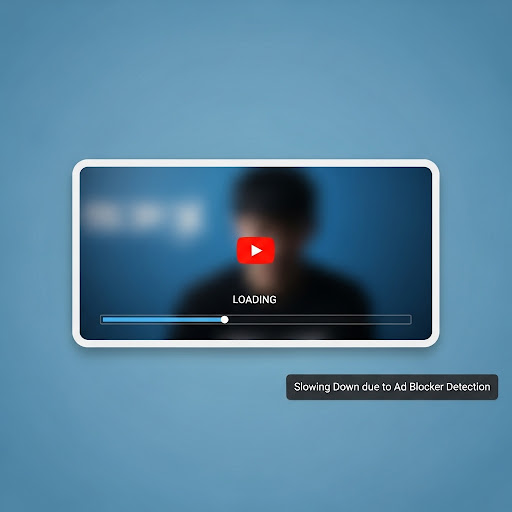YouTube has expanded its measures against ad-blockers, closing loopholes that allowed browsers and third-party extensions to bypass restrictions. Users are now forced to add YouTube to their blocker's allowlist or disable ad-blockers entirely to watch videos.

G. Ostrov
YouTube has significantly expanded its measures against ad-blockers, closing loopholes that browsers and third-party extensions used to remove ads from YouTube videos. The company began experimental measures against ad-blockers in 2023, before launching a full-scale campaign in 2024.
History of the Battle Against Blockers
Google first began fighting ad-blockers on YouTube in 2023. Despite initial measures, several applications, including Mozilla Firefox and various extensions, continued to exploit weaknesses in YouTube's protection over recent months. However, the situation has now changed dramatically.
New Restrictions
According to recent reports, users who previously successfully bypassed ads can no longer play YouTube videos without adding the site to their blocker's allowlist or completely disabling their ad-blocker. This significant change affects millions of users worldwide.
User Reaction
When the company first tried to implement the ad-blocker ban, it caused massive uproar online and in the real world. The situation escalated to the point where a privacy consultant in the EU filed a criminal complaint against the company for "unlawful surveillance."
Geographic Differences
Interestingly, the new measures haven't affected all users yet. Users in Southeast Asia and Europe still have fully-functioning ad-blockers for YouTube. It's unclear whether YouTube hasn't implemented changes in these regions or if ad-blocker developers have already deployed updated filter lists to counter the latest efforts.
Alternatives for Users
YouTube offers YouTube Premium subscription for those who want to get rid of ads on the platform. However, many users don't want to pay a monthly fee when there are ways to bypass ads. This creates a constant "cat-and-mouse game" between the platform and users.
Technical Aspects
YouTube's new measures are aimed at detecting and blocking various ad-blocking methods, including browser extensions and built-in browser functions. The company uses more sophisticated algorithms to identify attempts to bypass ads.
Impact on Content Ecosystem
This battle affects not only users but also content creators who depend on advertising revenue. Ad-blocking directly impacts YouTubers' income and could change the platform's economics.
Privacy Concerns
The intensified measures raise important questions about user privacy and tracking. Some users report that YouTube's detection systems may be monitoring browsing behavior more extensively, which could violate privacy regulations in certain jurisdictions.
Market Competition
YouTube's aggressive stance against ad-blockers could potentially drive users to alternative video platforms. However, YouTube's dominant market position makes it difficult for competitors to gain significant traction, even with more lenient ad policies.
Future of the Standoff
As long as there's demand for free viewing without ads, there will be supply for ways to bypass restrictions. This will likely be a constant "whack-a-mole game" that YouTube and its parent company Alphabet will need to play as long as the platform exists.
Conclusion
YouTube's expansion of measures against ad-blockers represents a significant step in the company's fight for control over user experience and content monetization. This decision will have long-term consequences for both users and the online video ecosystem as a whole.
Official YouTube website: https://www.youtube.com
If you encounter any problems, contact us - we'll help quickly and professionally!




